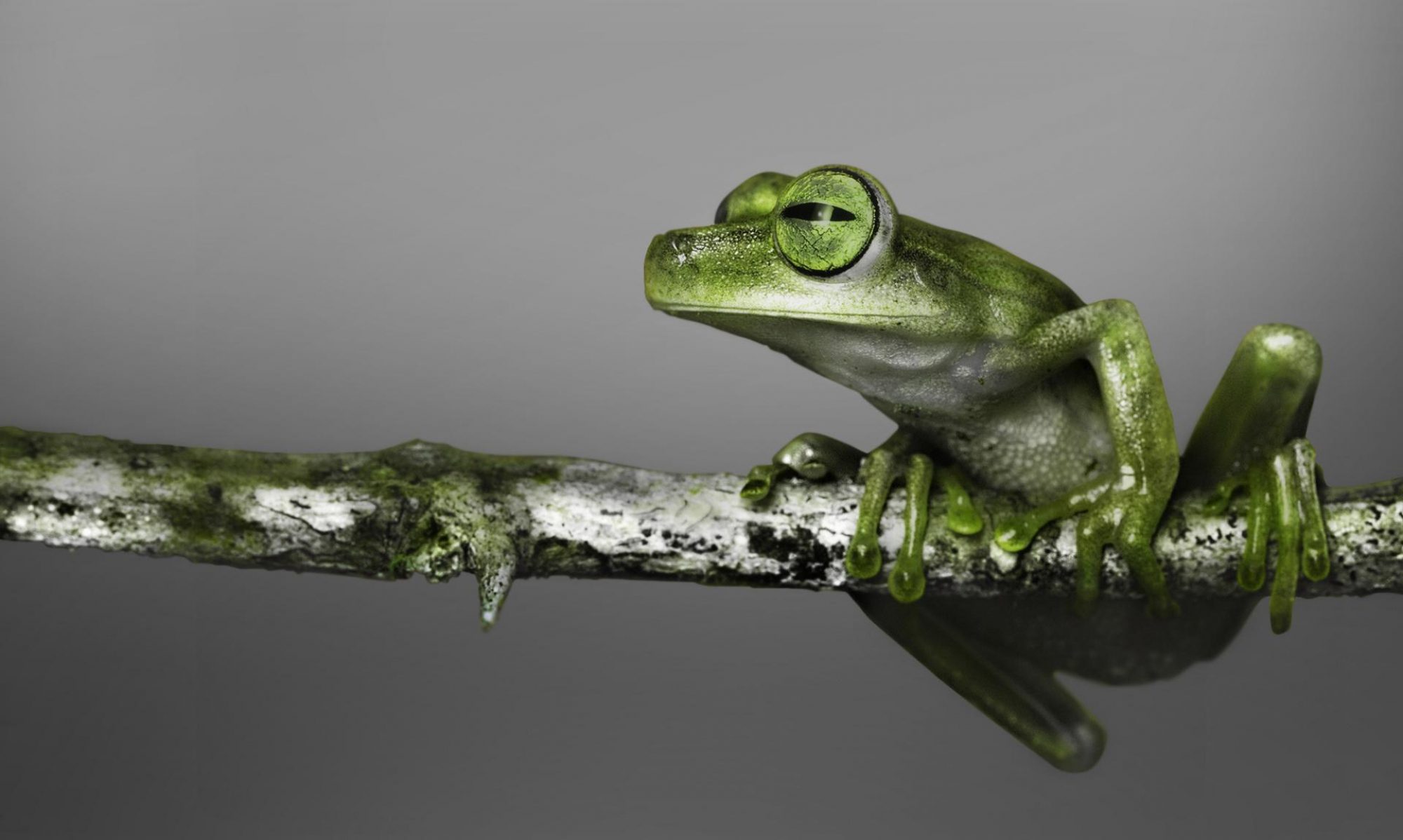What Am I Doing?
Replace the palm of the “Unlimbited Prosthesis.”
(it’ll be apparent why the palm seemed… odd)
MORE DETAILS (context)
There is a great printable prosthetic called the “Unlimbited” Prosthesis. Truly, a practical prosthetic that literally — millions — of people have benefited from it, thanks to the efforts of the e-Nable program. However, it has some obvious flaws. It’s palm — , that palm — is just … there’s something not right about it. Scroll down, look at the first three pictures, and you will understand why.
What was I thinking?
I wanted to take a step toward more realistic prosthesis.
MORE DETAILS (context)
The palm of this prosthesis is unusually blocky. Collaborating with ECPI (down in Glen Allen, VA), we tried replacing the palm with something more realistic-looking; something along the lines of a semi-rigid palm that would provide selective rigidity.
Personally speaking, I wanted the opportunity to make an existing prosthetic a bit more realistic (through appearance and function). In the back of my head, I thought: form equals function. Hence, if I add some features of a human hand, then the palm would inevitably progress toward functioning like a palm. — Let’s pause. — This belief is definitely an oversimplification. Nonetheless, I wanted to start somewhere and see how the approach pans out.
What I made?
A semi-rigid palm.
MORE DETAILS (jargon)
The semi-rigid palm consisted of ABS plastic bones covered in silicone, holding the bones in their intended positions. There were also pathways for fish lines, used to actuate the finger joints. The ABS bones were printed using scanned phalanges, available from an open source. A mold was created using a scanned palm model, as well. The silicone used was a 30 silicone mix from Smooth-On.
With some surprise, the palm displayed some flexibility with a subtle inability to compress in certain directions, similar to that of a real palm. I was pleasantly surprised with the results. The first step was a success.
Unfortunately, the palm was only taken to its 2nd iteration. Crude, proof of concept.
There was one major deficiency: the hinge, at the wrist, was not sturdy. Having a true functionality test was not possible because of the flimsy wrist hinge.
Did I help?
Probably not.
The prototype looked promising, personally speaking.
However, it never reached the testing phase.
MORE DETAILS (explanations)
The prototype looked promising. Unfortunately, the prototype was never tested properly. The biggest problem was the attachment between the wrist and the palm. The attachment was not sturdy enough to continue onto testing.
Hopefully, I’ll be able to pursue this independently one day and get the first testing results in.
Big thanks to the Dr. Negar Ghochaghi, Director of the e-NABLE Glen Allen, VA Chapter, and ECPI Department of Electronics Engineering Center at Glen Allen, VA for supporting of the project.











